From the man who revolutionised the way you watched films at home by posting DVDs right to your doorstep is now bringing a global art collection near you. The successful businessman and mastermind behind Redbus and co-founder of Lovefilm Simon Franks, launched the Franks-Suss Collection in collaboration with Robert Suss in 2001. With outposts in London, Hong Kong and New York, they are dedicated to promoting emerging and mid-career artists from countries undergoing social, economical and political change such as China, Brazil and Angola. Their focus and objective is to champion artists and help them reach success to lead long and vibrant careers. Encompassing almost a 1000 works, the Collection prides itself on its strong ethos of being against the commoditization of art by following passion and values rather than financial returns or social standing.
In this interview, Simon Franks opens up about the damaging effects of the commoditization of art, his pet peeves and what it takes to be a true collector.
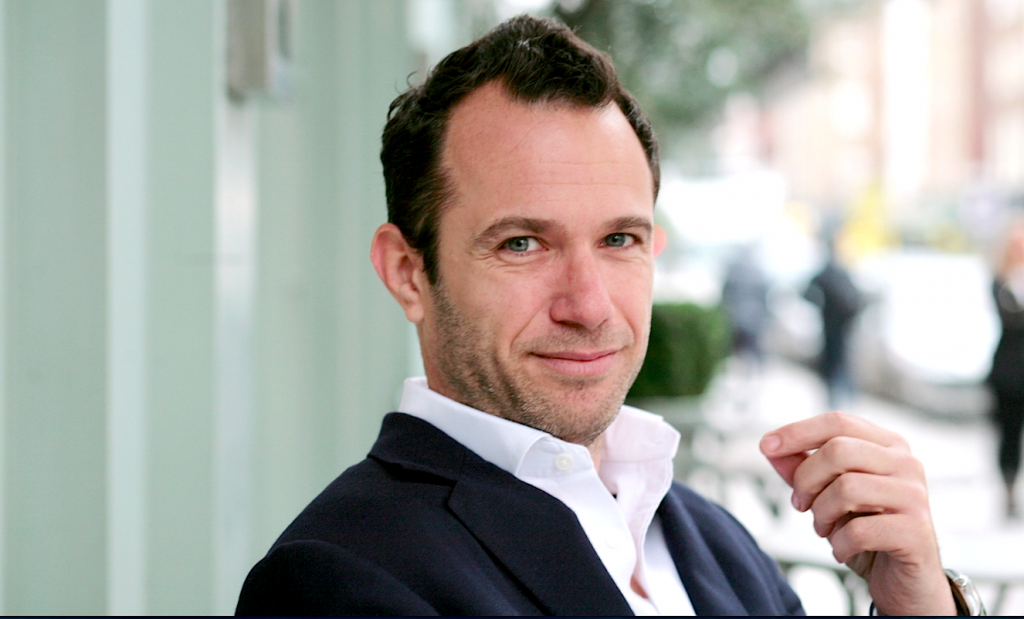
Thoughts on Collecting
What made you want to start collecting?
The original intention was not to start collecting but buy some works of art that I loved. The collection came about some time later as my passion grew for both artists and their work.
What is the focus of your collection in terms of the artists, theme…? How many artists are represented in the collection?
We don’t have a theme per say, what we have is a passion for discovery, a lack of fear of being wrong and a dedication to helping the artists we like get the global attention their work deserves. I’m not sure how many artists we have offhand, but certainly over one hundred and fifty.
What motivated you to start such a collection?
I think a better question is what motivated me to go from buying art to building a collection with its own staff and raison d’être, and that is tied up with a few things. Many of my businesses were in the creative industries. I love being around creative people, I love being around raw talent. I love being around people with passion and I want other people to see the passion and the talent that I see. I want the artists to get the recognition they deserve and benefit from that recognition. Our collection sees itself as a champion of the artists we collect.
It was mentioned you first collected works by artists from China when you started. How has the collection developed since then? Which countries are you focusing on now?
That is true regarding China. When I first started buying art, there was no other country producing such wonderful works of art at such reasonable prices. When I first started I didn’t have a lot of money to spend but I was still able to acquire some beautiful and important art works. I remember buying Zeng Fanzhi’s and Jia Aili’s works in the tens of thousands of dollars when no one had heard of them on a global scale. With a constant growing collection, our capabilities and our resources have also grown and we have improved our competency to track many more countries. Something perhaps which has surprised me is that in the last few years, we have found quite a few African artists that we love. You never know what is coming, had you asked me a few years ago what I thought of African contemporary art, the answer would have been not a lot. Today, if you walked around my house you would see many works by African artist. It is a continent that really excites me artistically.
Who was the first artist you acquired? Why were you drawn to the work?
Wang Qingsong. The work is called Competition. I had it on my office wall for years. Many people have asked me to lend them that specific work. It is one of Wang’s large-scale works where he created a huge set in order to take the photograph. In this work, the content matter really spoke to me. It is all about brands and throwaway consumer culture but also, more specifically related to China, about foreign brands arriving in the Chinese environment.
Where do you find these exciting artists?
Before I answer where, let me explain how.
How is all about homework. It is all about research and being true to your own taste and objectives. How is also intrinsically linked with a collection’s staff. In our case, I think we have two of the best curators in the world, in terms of finding exciting artists. Both Tamar Arnon and Eli Zagury are complete visionaries with taste, integrity and genuine passion that puts them ahead of the crowd. They are both very publicity shy but this collection wouldn’t be anything without them.
As for where, well the answer is everywhere. But again, it depends on how much effort you want to put in. I believe to really evaluate an artist, you need to meet them, get to know them, watch them work, visit their studio etc… That takes time. My wife and I have done studio visits all around the world, be that Cambodia, China, Brazil, Hong Kong, or the off the beaten trail in places like the US or Europe. We cover a lot of graduate shows around the world and I would recommend that for a new collector as well as the larger art fairs.
You stated in an interview you didn’t know much about art when you started but did have the passion for those who created it. At what point did you start to trust you own taste and have confidence in the works you liked?
When you start buying art, if you buy because you like it and it is at a price that means you will never need to sell it, it doesn’t matter what other people think. And so in that sense, I have trusted my own opinion since day one. However, it is hugely satisfying when, subsequent to you discovering an artist, that other collectors you respect also start collecting that artist, and I suppose my confidence has grown as many of the artists that we have bought at the early stages of their career have gone on to be successful.
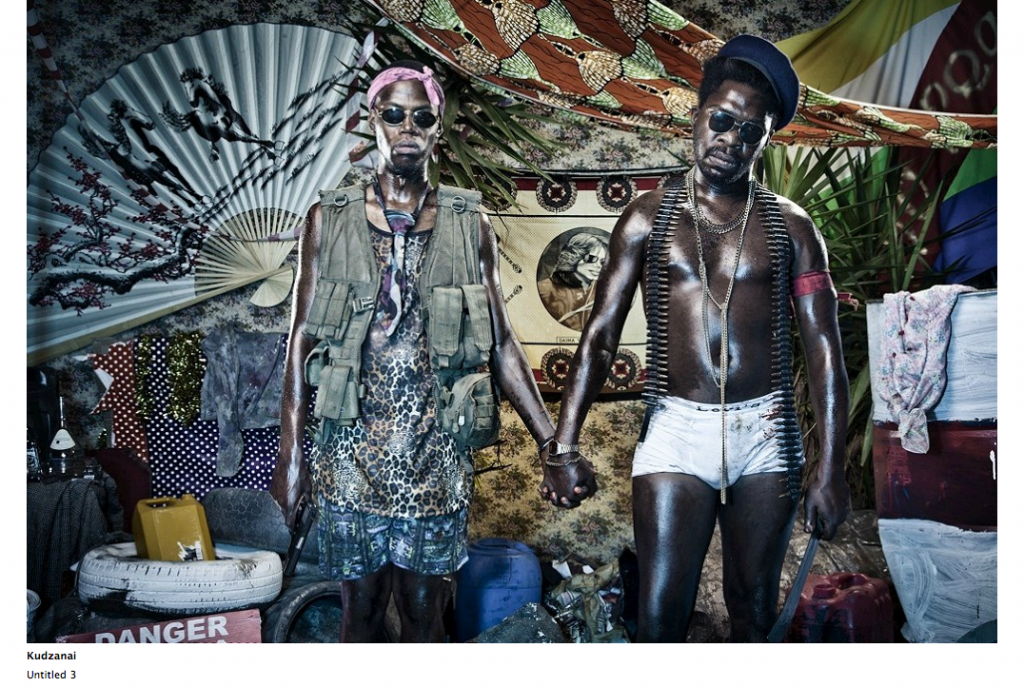
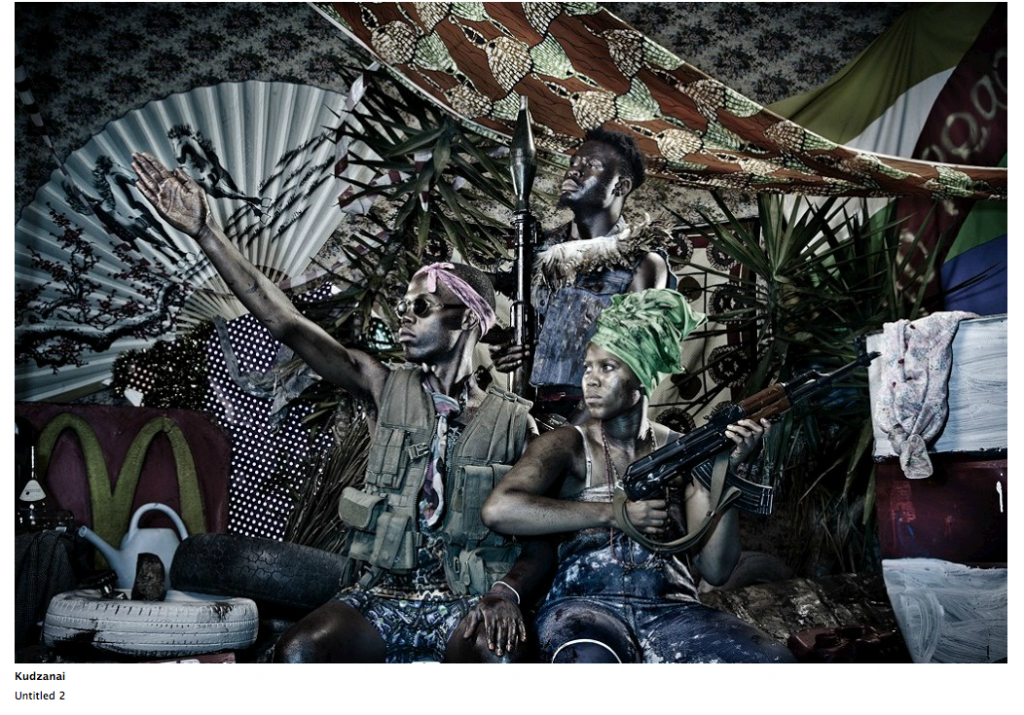
Are you more concept over aesthetic?
I don’t look at art that way. I look at the whole work. I have always said a work must have at least one but hopefully all of three important elements and they are: aesthetics, technical skill and conceptual originality.
Who is your favourite artist? Why?
I have too many favourites. Artists that I am very excited about today include Yonamine, Brad Kahlhamer, Kudzanai Chiurai, Jia Aili.
Do you also have a private collection at home?
Yes.
What are your most recent acquisitions?
Aboudia, Yonamine, Brad Kahlhamer, Douglas Perez Castro, Kudzanai Chiurai.
How do you make your decisions concerning purchases?
With my heart, head, wife and team.
What was your greatest discovery?
Zeng Fanzhi in 2001, Idris Khan (graduate show), Lynette Yiadom-Boakye (graduate show), Jia Aili etc…
Which artists do you have your eye on next?
I will let you know…
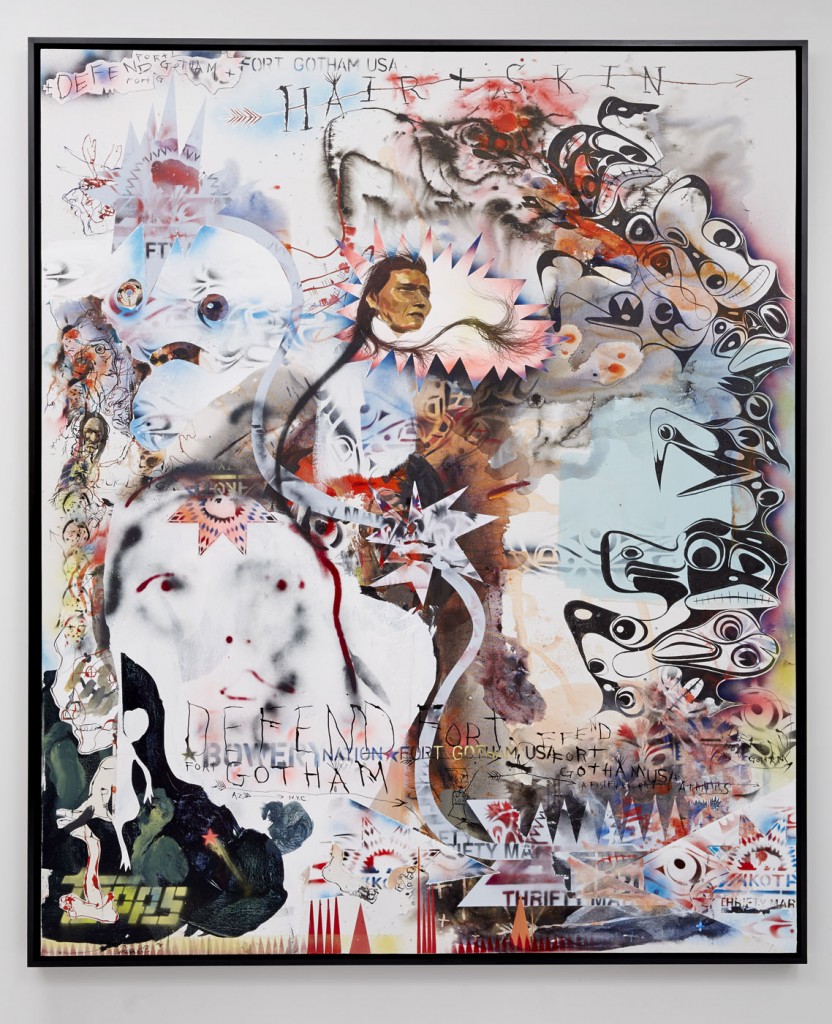
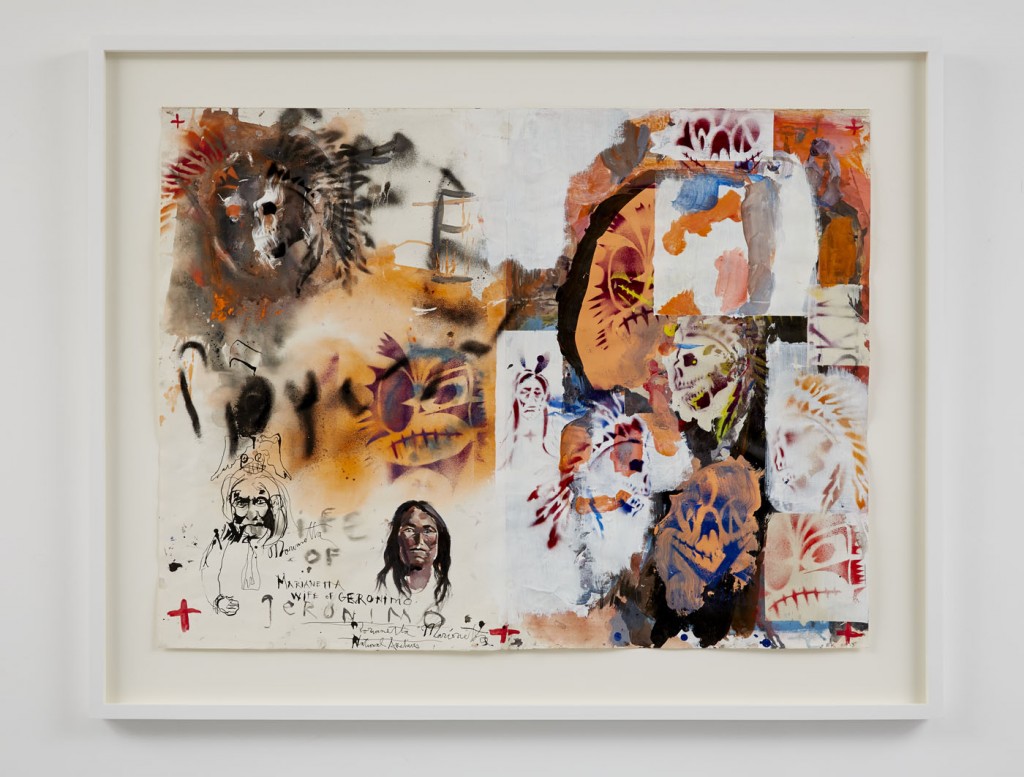
Thoughts on the Art World
What do you find to be the most frustrating or challenging aspect about collecting?
I have spoken out a lot about the commodisation of art. It makes me very sad every time I hear someone in the finance industry describing art as an asset class. It bothers me that some very rich collectors don’t give a damn about artists or the importance of art in a healthy society but just want to buy brands they can put on their wall and to which even a modestly educated person would be able to identify as a) who the artist is and b) that it cost a fortune. I also find artists who pander to this commodisation less interesting and it exasperates me to hear when artists have given in to this commodisation but then speak out against it.
There is a second thing I find very frustrating about the market. There isn’t always huge meaning in a work of art. My mind boggles sometimes when I read the absolute nonsense written to describe a specific work or body of works. I remember Gerhard Richter being interviewed by someone insisting there must be a meaning to a particular painting and him just answering no – it just felt right. Art should be honest. Pseudo intellectuals and overly aggressive art sales people should stop talking such nonsense. It demeans the actual work and in my view makes art intimidating and much less accessible to the average person.
What was your happiest moment in your collecting experience?
Being a melancholic guy, I can’t remember…
Knowing your resistance to contributing to the art world’s commodisation of art, do you refrain from attending major art fairs such as Art Basel, often described as an “art supermarket”? Or do you find it on the contrary to be a good platform to find new talent?
I love this question. Not just because you have clearly read something I have written on commodisation of art, but because you posit a question that I ask myself frequently. When I first started going to art fairs and I have been to many all over the world, (and not just the obvious places), they were absolutely a place to discover new talent. And they still are to an extent. But unfortunately today, they are more about hedge funders or celebrities buying the latest hot thing at some ridiculous price. Even worse, some art fairs have become one huge party scene where the parties have become more important than the art. Last year in Art Basel Miami, I was talking to someone who was telling me what amazing fun Art Basel was. I said: “Really, what shows did you see that you loved?” She replied, “oh I didn’t mean the art I meant all the dinners and parties.”
To me it feels like the beauty of the art and the artist’s journey has been somewhat sullied by big money and brands.
How would you advise a collector who wants to delve into collecting emerging young artists? (What should they look for or research etc…?)
First thing, do not rush into buying. Do lots of homework, get to know the artists you like, watch their work develop and enjoy the process.
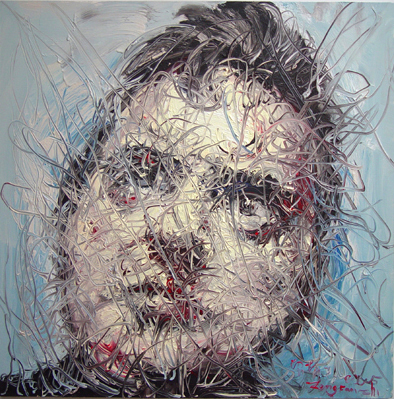
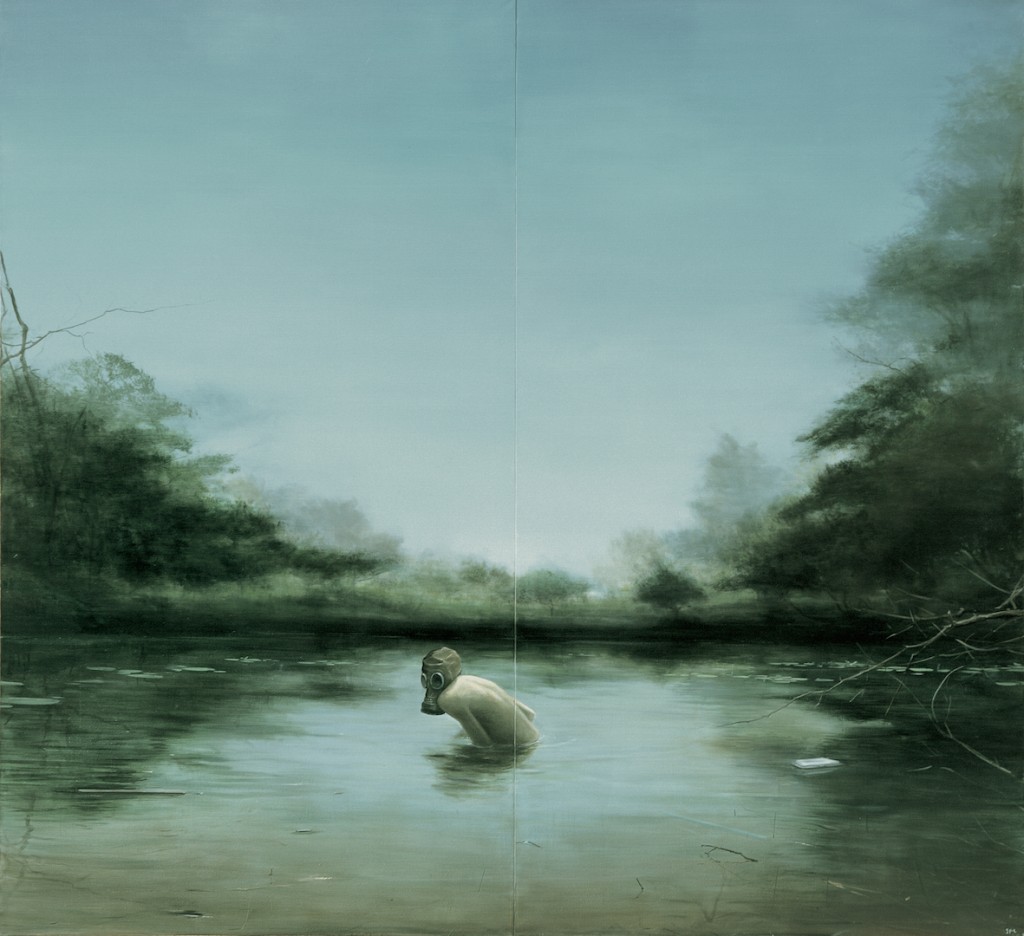
Franks-Suss Collection
What is the goal of the collection?
To champion great artists and to bring me, Rob Suss (the co-founder) and our families joy.
What do you hope to accomplish as a collector?
Quite a few other collections follow what we do closely. That makes us proud. I would love for this to continue and grow and for the collection to be recognised globally (along with some other collections) as helping set the agenda for emerging art, for publicising artists we love, championing their work and being recognised as someone dedicated to this pursuit.
We can find a wide range of works from Brazil and other African countries on your website. Which artists from these regions would you think deserve our attention?
That is a hard question. The answer is all of them.
It was mentioned you are focused on not only searching for new talents but also championing the artists you found. Can you name a few artists who have become successful?
There are many – how about Idris Khan (graduate show), Lynette Yiadom-Boakye (graduate show) and Jia Aili for a start…
Read more about:
The artists he collects:
- Zeng Fanzhi
- Jia Aili
- Wang Qingsong
- Yonamine
- Brad Kahlhamer
- Kudzanai Chiurai
- Aboudia
- Douglas Pérez Castro
- Idris Khan
- Lynette Yiadom-Boakye
Claire Bouchara





